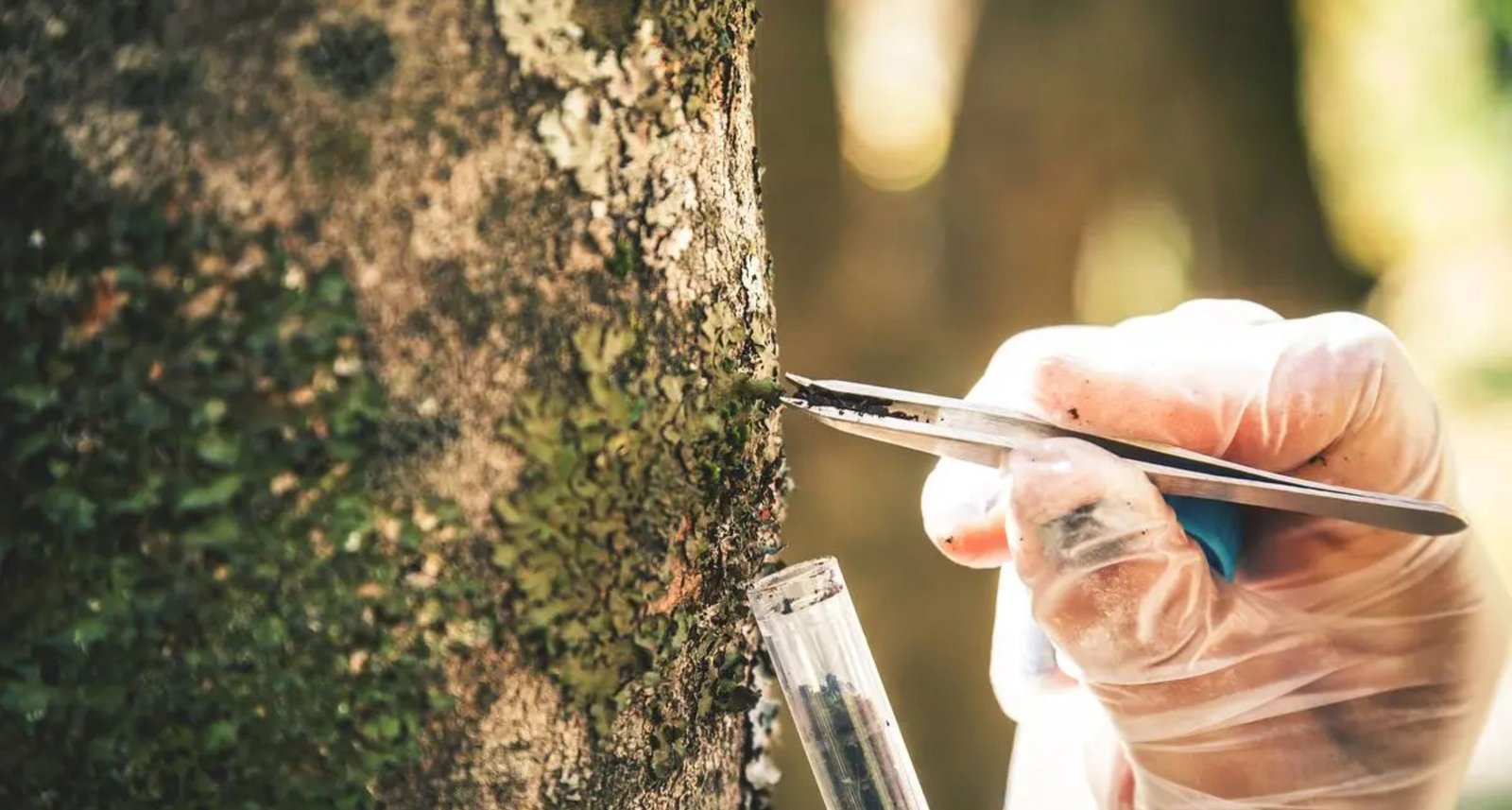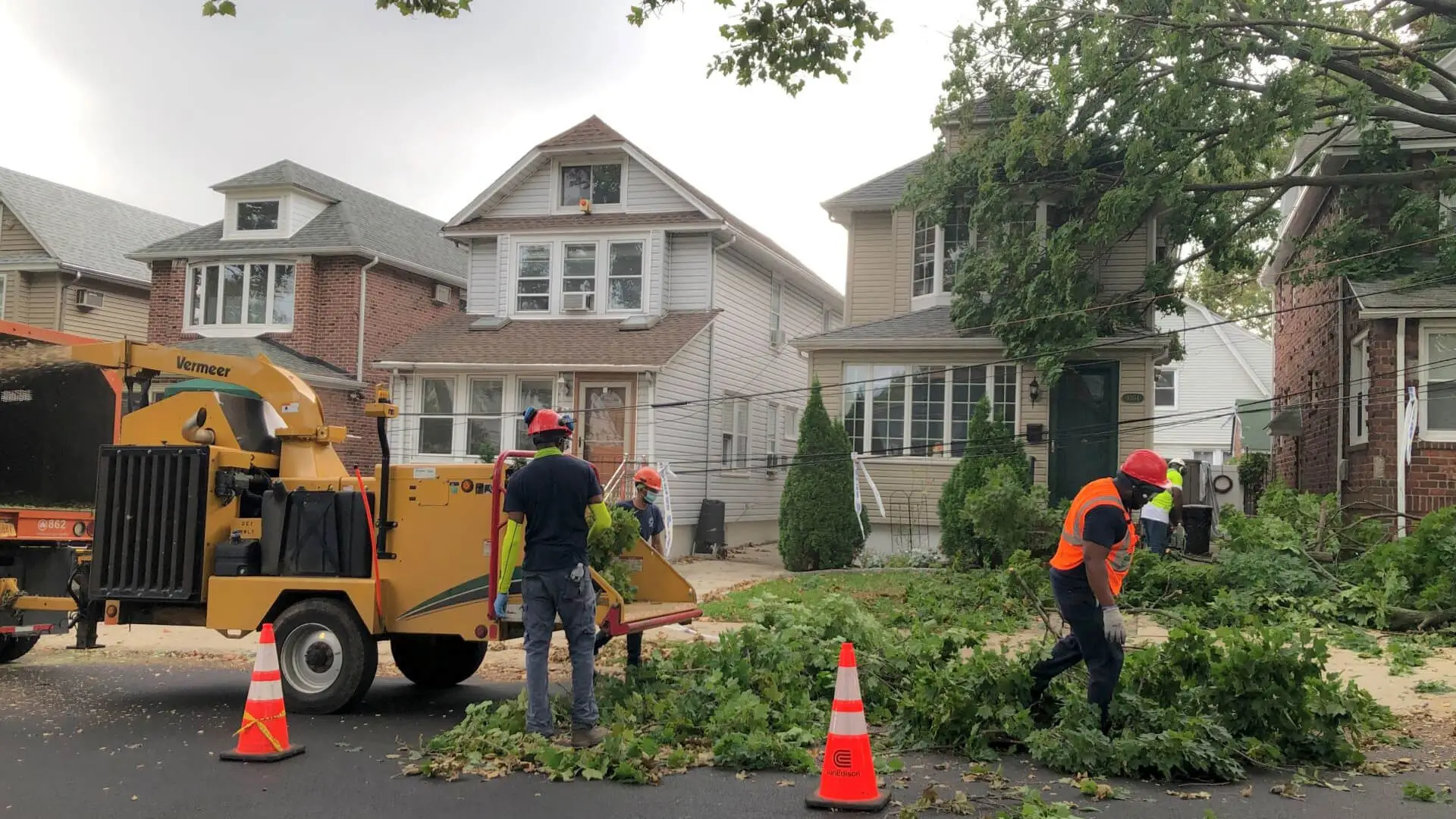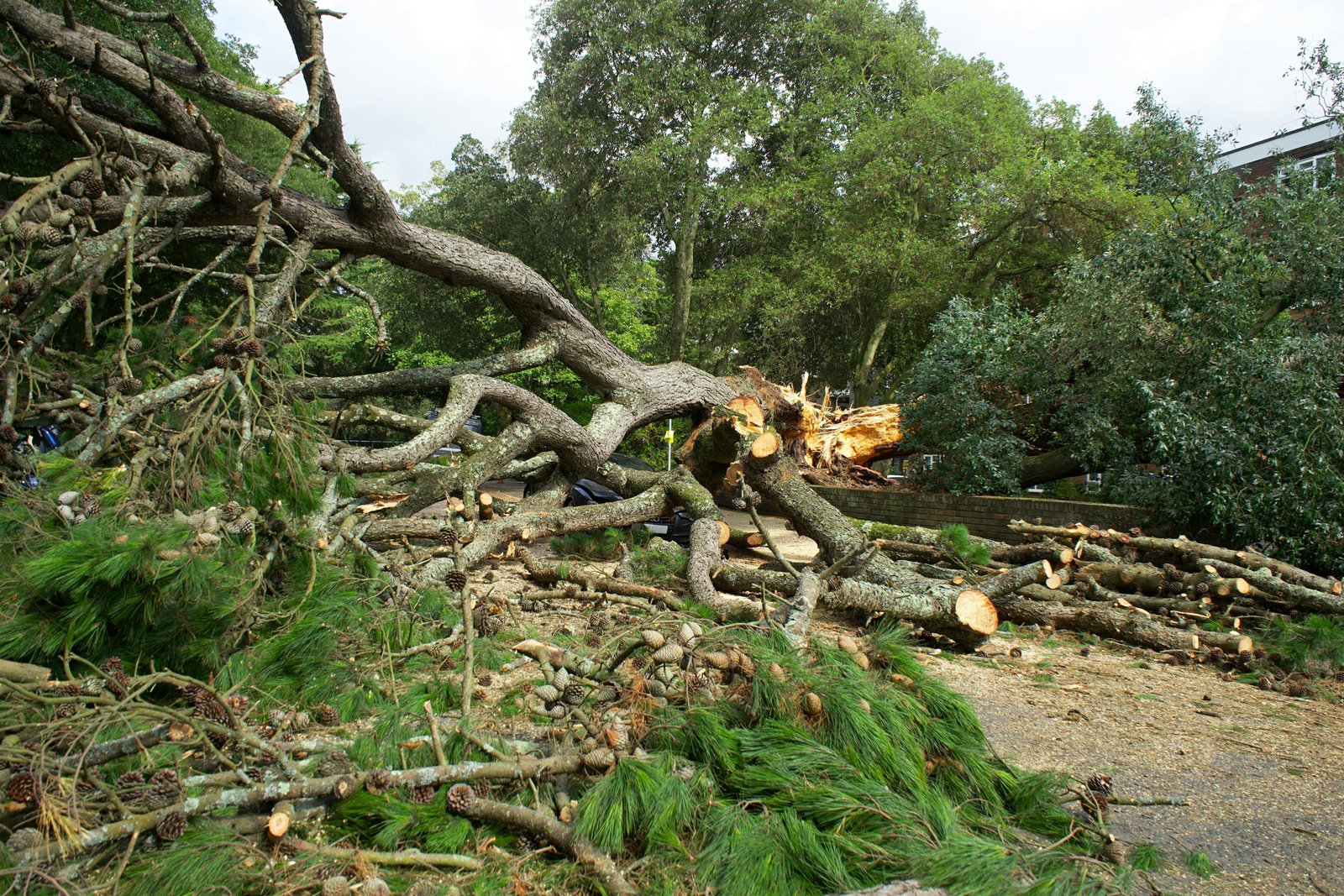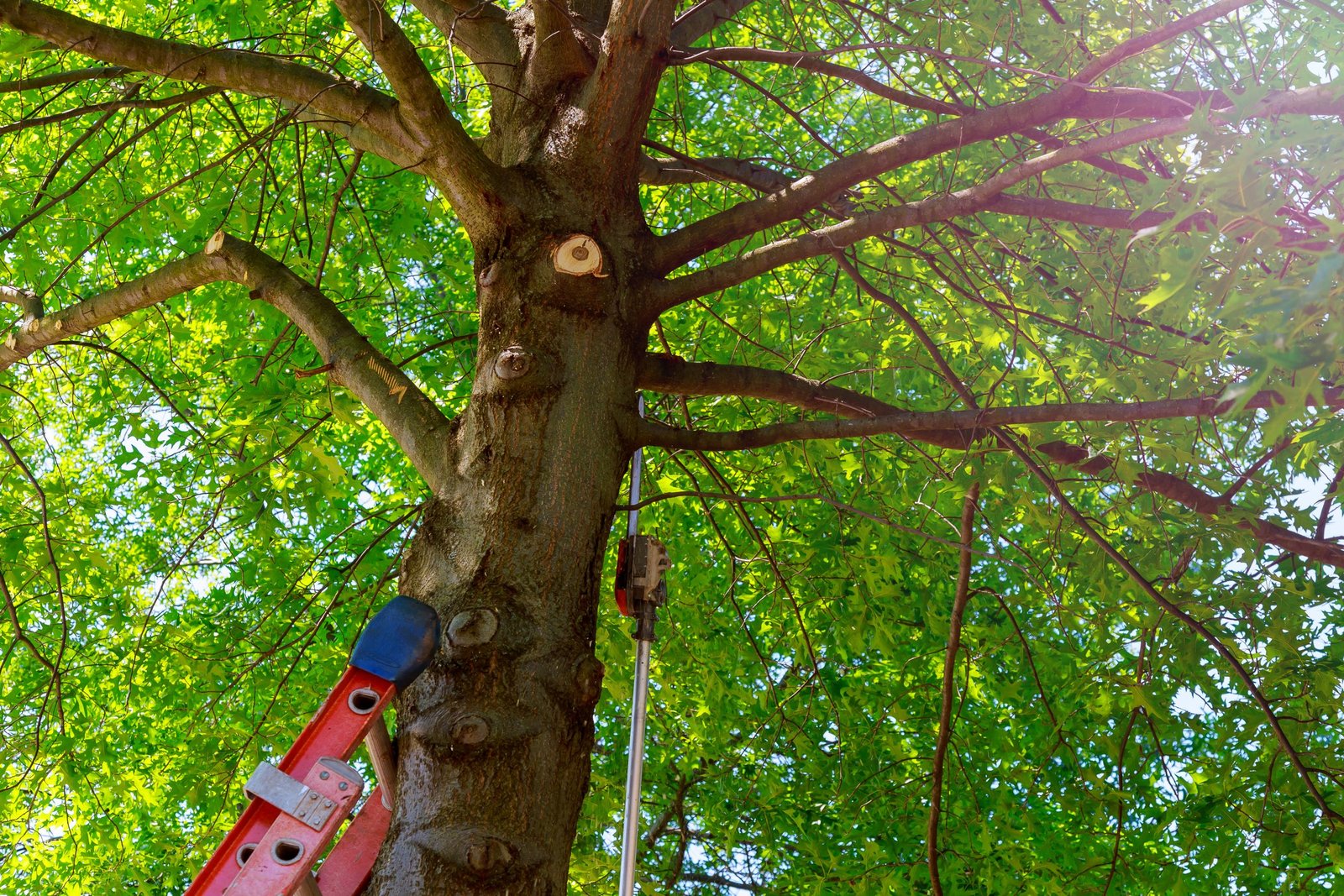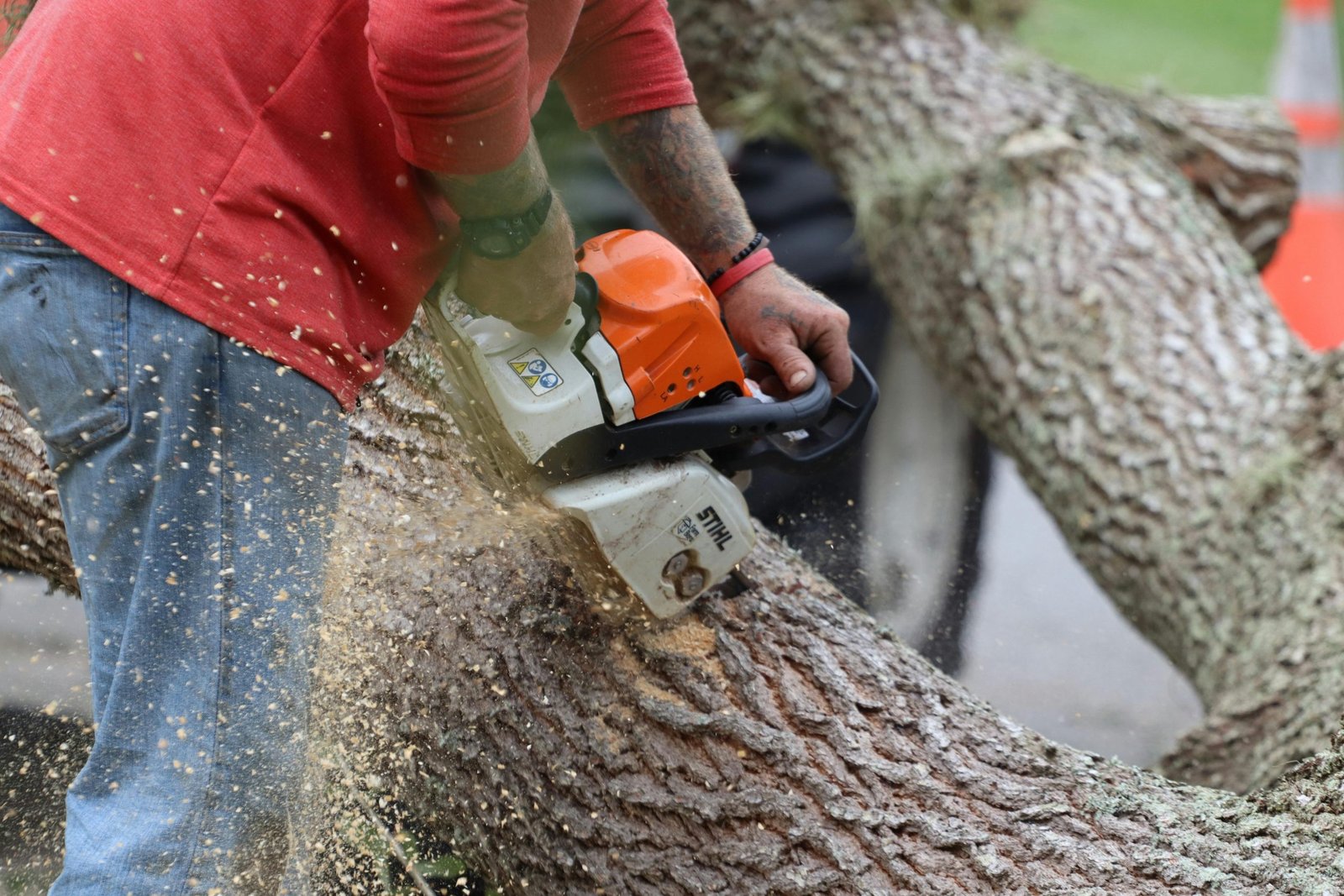Trees may be brutal in winter. Piles of heavy snow fall on branches, limbs are covered with ice as a result of freezing rain, and meanwhile, terrible winds blow across neighborhoods. By the spring, most homeowners will find branches broken, bark peeling, or trunks leaning, problems that will silently increase unless early remedies are taken.
The following spring tree inspection checklist is used for diagnosing problems, promoting healthy growth, and safeguarding your landscape.
1. Look for Structural Damage
Begin by viewing your trees from the ground. The winter leaves behind cracked limbs, weakened branch unions, and split trunks. These weaknesses do not necessarily manifest themselves until the tree is stressed by spring rains or heavy foliage. Check if:
- Branches are seen to be broken, jagged, or hanging loosely.
- There are vertical cracks on the trunk due to freezing.
- Huge limbs create a tight V-shape, which is a popular point of weakness and can even tear.
The sudden falling of the branches may also occur during the growing season due to structural problems, and this may be dangerous to the vehicles, power lines, and even human beings.
2. Inspect the Bark and Trunk Condition.
Bark is used as a defensive barrier to trees, yet it may be damaged during winter. Look for signs such as:
- Peeling or missing bark exposes the inner wood.
- Frost cracks– Vertical lines of varying thickness that form as a result of temperature changes.
- Cankers– Sunken areas where the bacteria or fungi can enter.
A healthy trunk must have a tight-barked trunk that is firm. In case there are parts that are feeling spongy, deteriorated, or full of holes, pests, or rotting can be involved. Early diagnosis can be followed up by specific treatment before the damage is extensive
3. Check Dead Branches or Diseased Branches.
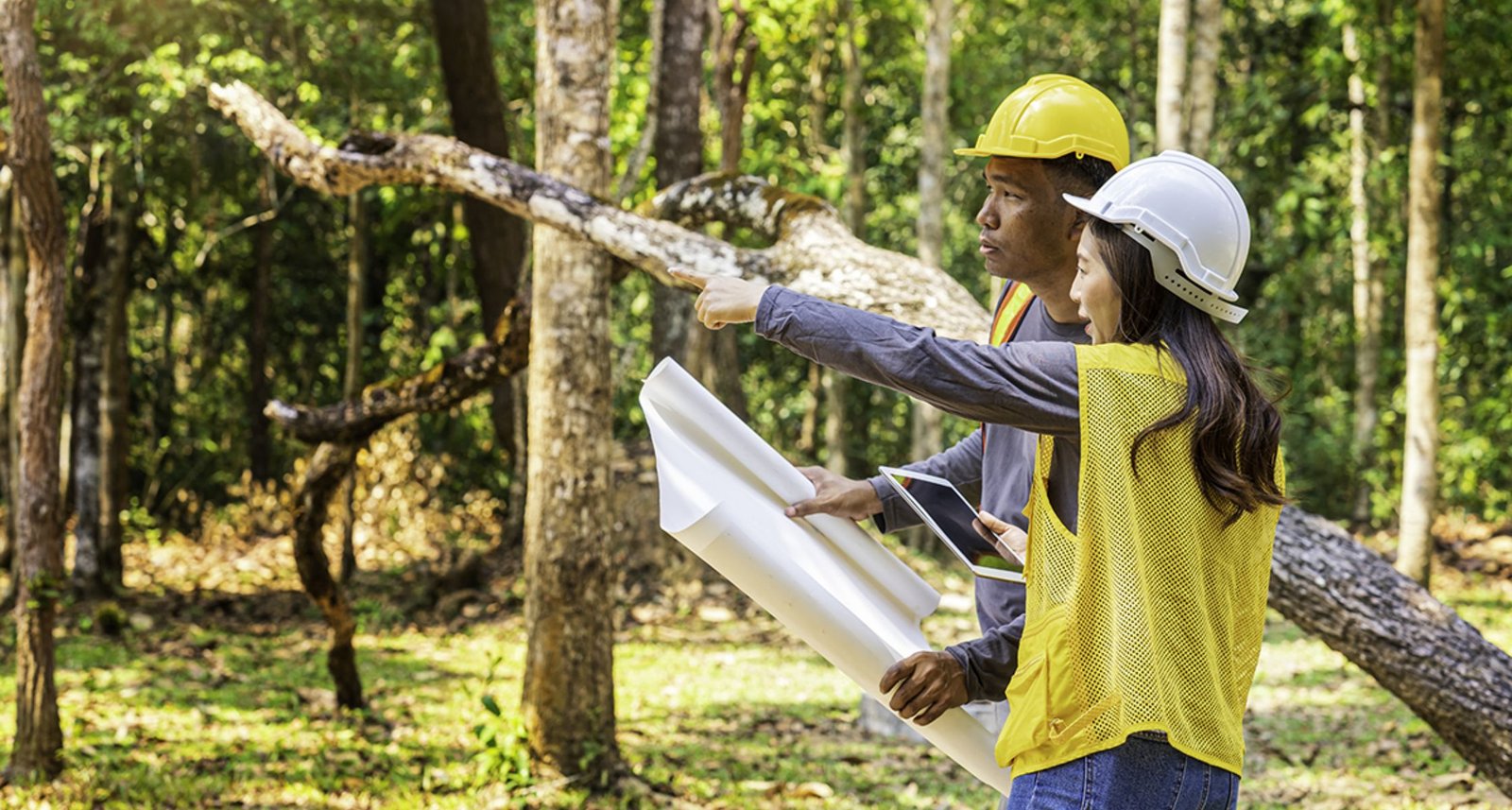
Trees save on energy by shedding the unhealthy ones in severe winters. During spring, one can discover deadwood more easily since it does not sprout buds. Signs of trouble include:
- Branches that are brittle and break easily.
- Along the wood, there will be discoloration or fungus growth.
- Areas of the canopy where there was no development of leaves.
Amputation of the dead or diseased limbs will prevent unexpected falls and enhance airflow, thus minimizing the chances of future infections.
4. Examine the Root Zone
The root system is the lifeline of the tree, but it is often ignored. Roots may be weakened by frozen soil in winter and road salt that exposes trees. During spring, look about the root flare, or the place where the trunk joins the soil, for:
- Exposed roots from soil erosion.
- Compaction indicators include the presence of hard and waterlogged soil.
- De-icing salts resulted in white crusts or chemical burns.
Stressed roots inhibit the uptake of nutrients and water by a tree
5. Watch for Pest and Insect Activity
With the increase in temperature, insects come back to life–and trees that have grown up through the winter strife are easy prey. Look for:
- Bark beetle or boreholes.
- Defoliated leaves or chewed leaves.
- Scale insects or aphids- There is sticky residue or sap.
6. Monitor Soil Moisture and Drainage
Spring rains can usually worsen the situation, and snowmelt in the winter can saturate the soil. Trees require proportion- excess of water buries roots, scarcity of water deprives them of nutritional uptake. Check whether:
- It takes hours before the pools of water can reach the bottom of the trees when it rains.
- Soil is compacted, and it fails to permit the free circulation of oxygen.
- The leaves begin to acquire yellow edges, which is a clear sign of a lack of drainage.
7. Look for Signs of Fungal Diseases
Damp winters are perfect breeding grounds for fungal spores. These diseases tend to manifest themselves as spring sets in. Common symptoms include:
- Young leaves with powdery mildew.
- Black-spots on leaves.
- Fungus or mushrooms on the tree trunk.
If left untreated, these infections can weaken the tree’s structure and hence reduce its overall lifespan.
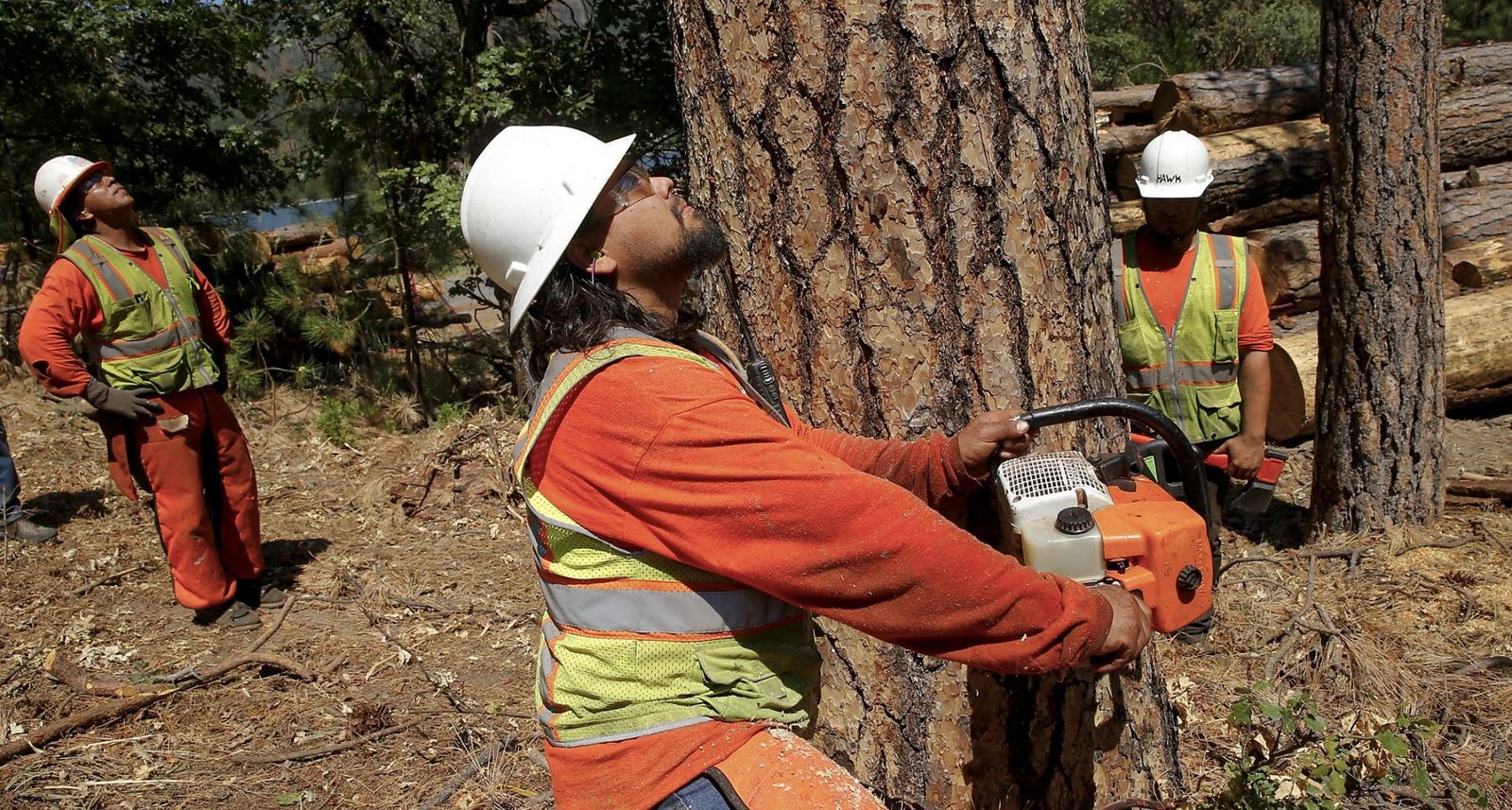
8. Assess New Bud and Leaf Growth
Trees that are healthy in nature react to spring and develop fresh buds and green leaves. Abnormal or infrequent growth is a sign of stress. During your inspection:
- Compare opposite sides of the canopy budding. Unequal growth can be an indication of underlying trunk or root problems.
- Check leaf color. The deficiency of nutrients is indicated by the yellow or pale green leaves.
- Note delayed budding.
Monitoring the growth trends yearly could be used to recognize the dying trees before they become dangerous.
9. Evaluate Tree Lean and Stability
Trees are at times tilted by winter winds or snow loads. Although a slight inclination is normal, an abrupt or extreme change is ominous. Look for:
- Soil lifting or cracking on one side of the root system.
- New roots, which indicate instability.
- Bending towards buildings, streets, or utility lines.
Cabling, bracing, or even removing a leaning tree may all be used to stabilize the tree to prevent collapse. The early action will save the trees and property before the disaster.
10. Refresh Mulch and Ground Care
When the inspections are over, start concentrating on prevention. When a fresh layer of mulch is applied around the tree bases, the water content remains constant, roots are insulated, and the competition between weeds is lowered. Yet do not stack mulch up against the root, which will trap the moisture and encourage decomposition.
Conclusion
Trees are exposed to winter, and unless they are checked, hidden problems may grow into great dangers. Inventory: Homeowners ensure the protection of their landscapes and their property by inspecting the branches, bark, root systems, soil conditions, and new growth. A spring checklist is a prudent investment that saves lives and money at the end of the year as the tree is brought back to its health. To have professional analysis, trimming, and overall care of your trees during the season, leave it to the professionals at BX Tree Service to have your trees in good health with every passing season.


